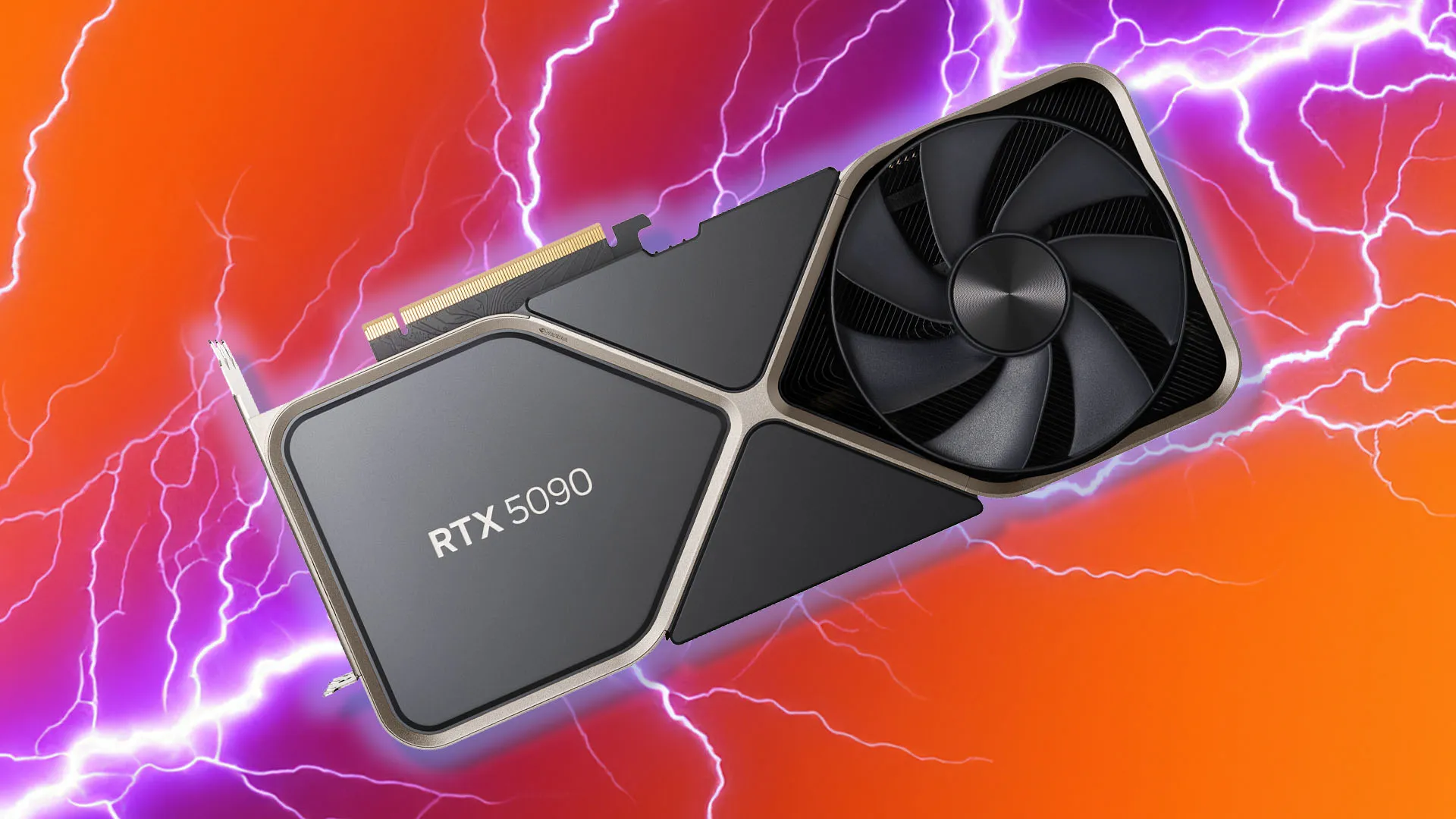Nvidia’s GeForce RTX 5090: Power Consumption Predictions and Implications

Nvidia’s GeForce RTX 5090: Power Consumption Insights
Nvidia’s anticipated GeForce RTX 5090 is stirring excitement within the gaming community, as recent leaks indicate that this powerhouse could draw more than 550W at full load. This significant power consumption, as indicated by leaker kopite7kimi, signals a shift in how graphics cards will perform, especially at the high-end.
Understanding the Power Dynamics of the RTX 5090
- The RTX 5090 is expected to lead Nvidia's new lineup of Blackwell GPUs, boasting increased power requirements over earlier models.
- Potential competitors, particularly from AMD, seem unlikely to pose a challenge for this GPU, solidifying Nvidia's position in the market.
- Current estimates suggest that if the RTX 5090 indeed pulls over 550W, users may need to consider a 1,000W PSU for optimal performance.
Prior Leaks and Historical Context
This isn’t the first instance where a new Nvidia GPU has indicated higher power consumption compared to its predecessor. For context, the dominant RTX 4090 currently requires a minimum of 850W PSU for its 450W TGP, marking a trend of growing power demand.
As the gaming and AI demands continue to escalate, the RTX 5090 could present advanced capabilities, particularly with respect to AI-based processing and ray tracing.
This information remains unconfirmed by Nvidia, but with credible sources backing the details, enthusiasts are eagerly awaiting official announcements and performance tests.
This article was prepared using information from open sources in accordance with the principles of Ethical Policy. The editorial team is not responsible for absolute accuracy, as it relies on data from the sources referenced.